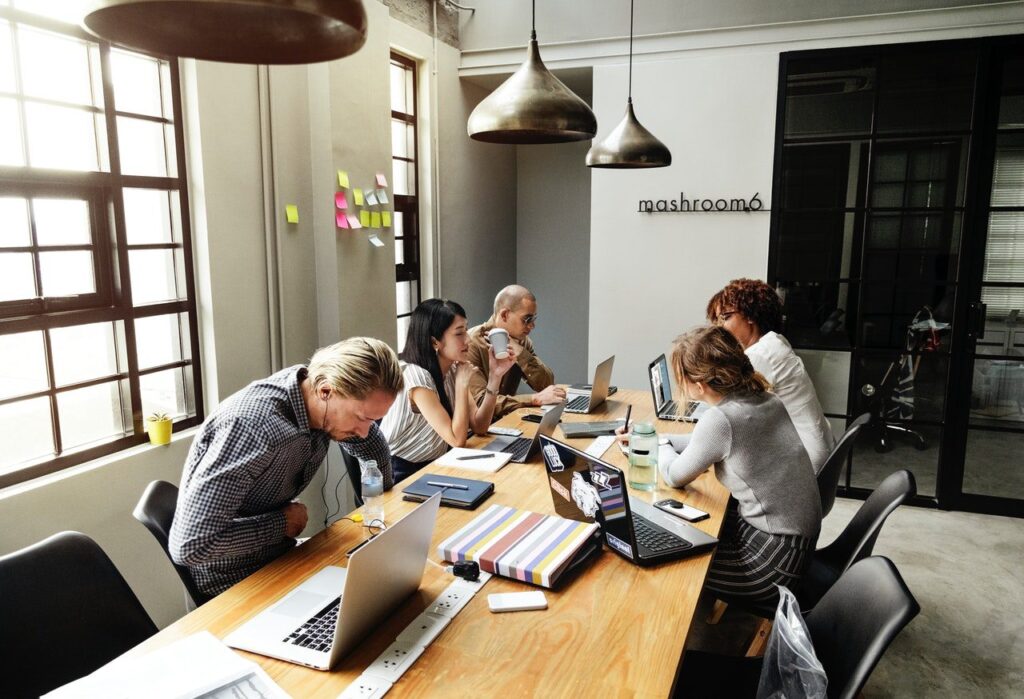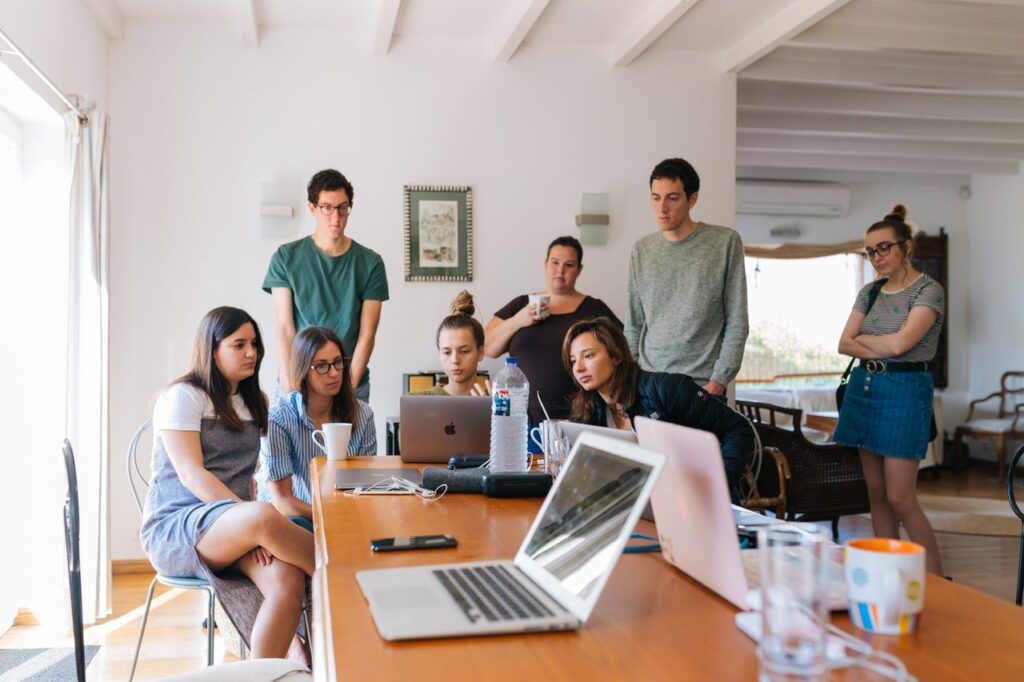There’s a common misconception that tight deadlines are the central driver to improve productivity. In reality, forcing short delivery times onto your team can have adverse effects on the workers’ engagement and job satisfaction
There is a broad spectrum of methods that will considerably enhance the output of your team without making them unhappy and pressured at work.
In this article, we’ve compiled what we think are 3 highly efficient ways of maximizing productivity, without damaging the wellbeing of your colleagues. These are essential business skills for everyone so let’s dive right in, shall we?
1. Tap into technology
We’re living in a bizarre era — technology dramatically shortens our attention spans, yet it can also act as a remedy to these adverse effects. Science has an intriguing new field called Neuroergonomics that focuses on the optimization of human productivity by using technology and psychological loopholes.
Because we’ve advanced so much in understanding how our brain works, this has created the right environment for app developers, cognitive scientists, and productivity freaks to develop apps that help teams and individuals skyrocket their input without substantial emotional and cognitive costs.

Here are a few apps that might be useful on your next project:
- Brain FM — the app allows people to listen to music in a variety of genres that has AI-generated waves incorporated in it. These waves considerably improve a person’s ability to focus, meditate, and even sleep.
- Freedom — this service is very simple, yet it is absolutely instrumental in maintaining your focus for more extended periods. The tool allows you to efficiently eliminate all distractions like social media or app from your workflow, whether you’re using a phone or a computer.
- Focusmate — this takes advantage of a human psychological peculiarity, which, in effect, allows users to considerably improve their productivity, especially with tedious tasks. It’s sort of a digital co-working space. When accessing Focusmate, you can schedule 50-minute sessions with like-minded people that are also in need of an accountability buddy.
2. Don’t let your team multitask
While we’re used to thinking that multitasking is an excellent way of sorting out a more significant number of tasks in a shorter amount of time — it actually can’t be further from the truth. Working on multiple tasks will pretty much paralyze your productivity and decrease the quality of your work.
There is now a body of research that has unanimously concluded that multitasking is nothing but unnecessary stress to the nervous system, which is terrible in itself, but the problem is that it doesn’t really make you work better or faster.
So be very mindful when you’re going to manage task distribution. It’s best to assign larger, more cohesive tasks, which they can turn into subtasks, and focus on a single task at a time.
This is one of the reasons why the Pomodoro technique has been such a success. You work in increments of 25 minutes, and you focus on one task only.
What “productivity freaks” ultimately chase is the so-called state of “flow.” It’s a concept introduced by Hungarian Scientist Mihaly Csikszentmihalyi, which is a state of peak cognitive performance, associated with a lack of awareness of time, due to being so engrossed by the task you’re working on. There’s one essential precondition — your assignment needs to be challenging enough and not too complicated to find it demotivating. You can never achieve flow by multitasking since it’s simply too stressful.

3. Gamify work
Gamification is another “trick” that we take advantage of, due to the way our brains are wired. Every single time you tick an item from your task list, your dopamine levels will elevate. You’re getting a reward for the work that you’ve done, whether it is pleasant or unpleasant.
In effect, this creates an exciting correlation between investing effort into a task you need to do with a pleasant reward in the form of a feel-good hormone. This is what gamification is in a nutshell.
By gamifying work, you’re conditioning your brain to improve your productivity, in order to get more tasks done and experience a dopamine rush once more.
Here’s a list of apps you can use to gamify your team’s workflow:
- Do It Now
- Habitica
- MindSnacks
- Fitocracy
- SuperBetter
- Thirty — Get Inspired
In one scientific trial, gamification has shown to increase the employees’ ability to learn new information by 40%. According to Gabe Zichermann, founder of Dopamine Inc., if a company manages to structure itself like a well-designed game, they’ll be able to retain their most valuable workers and engage them even more.
LOOKING FOR
Project Manager Training
Conclusion
It is not an easy task to improve productivity in a project team. However, by gradually implementing these principles in your team’s workflow, you’ll be able to improve its efficiency, with no detriment to mental health and job satisfaction.
Similarly, these approaches give your team members a certain amount of autonomy, which is representative of the trust you have in them to manage their work as responsible people.
Good luck!

